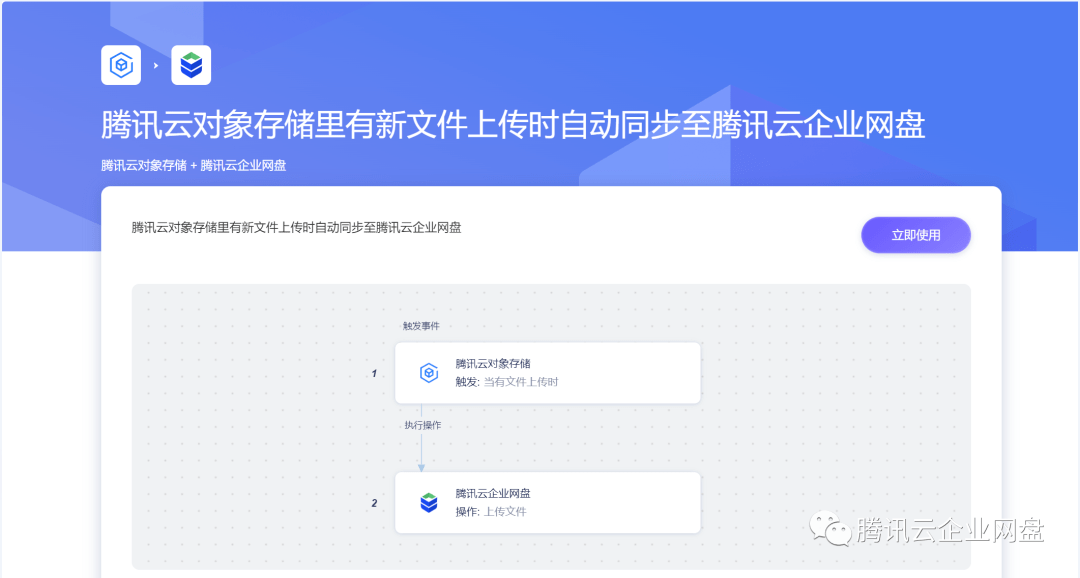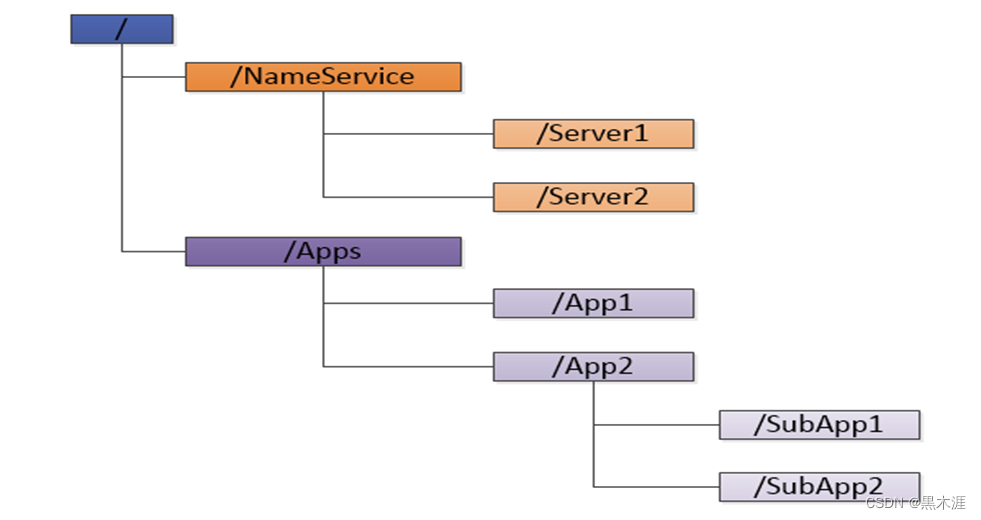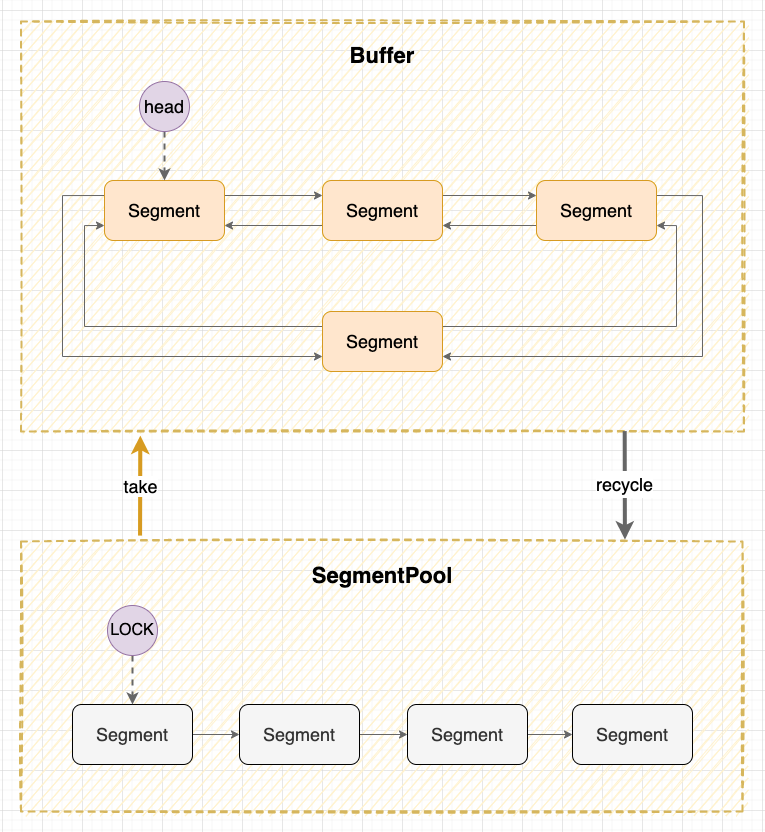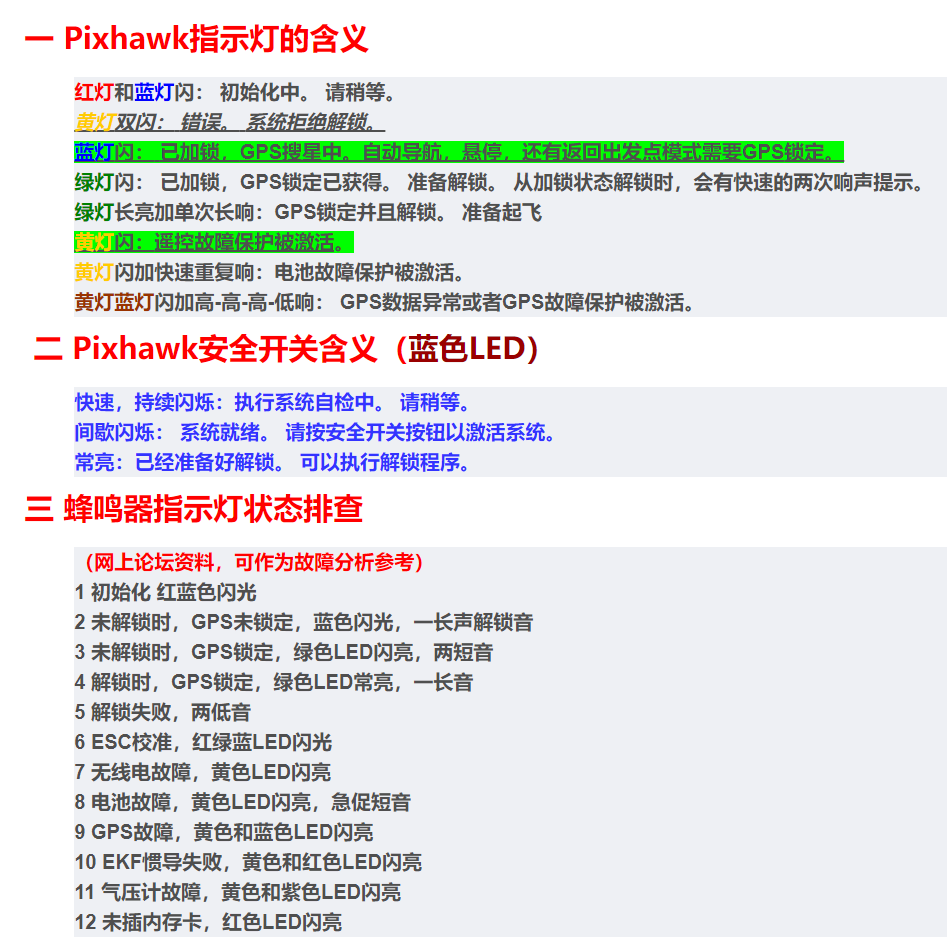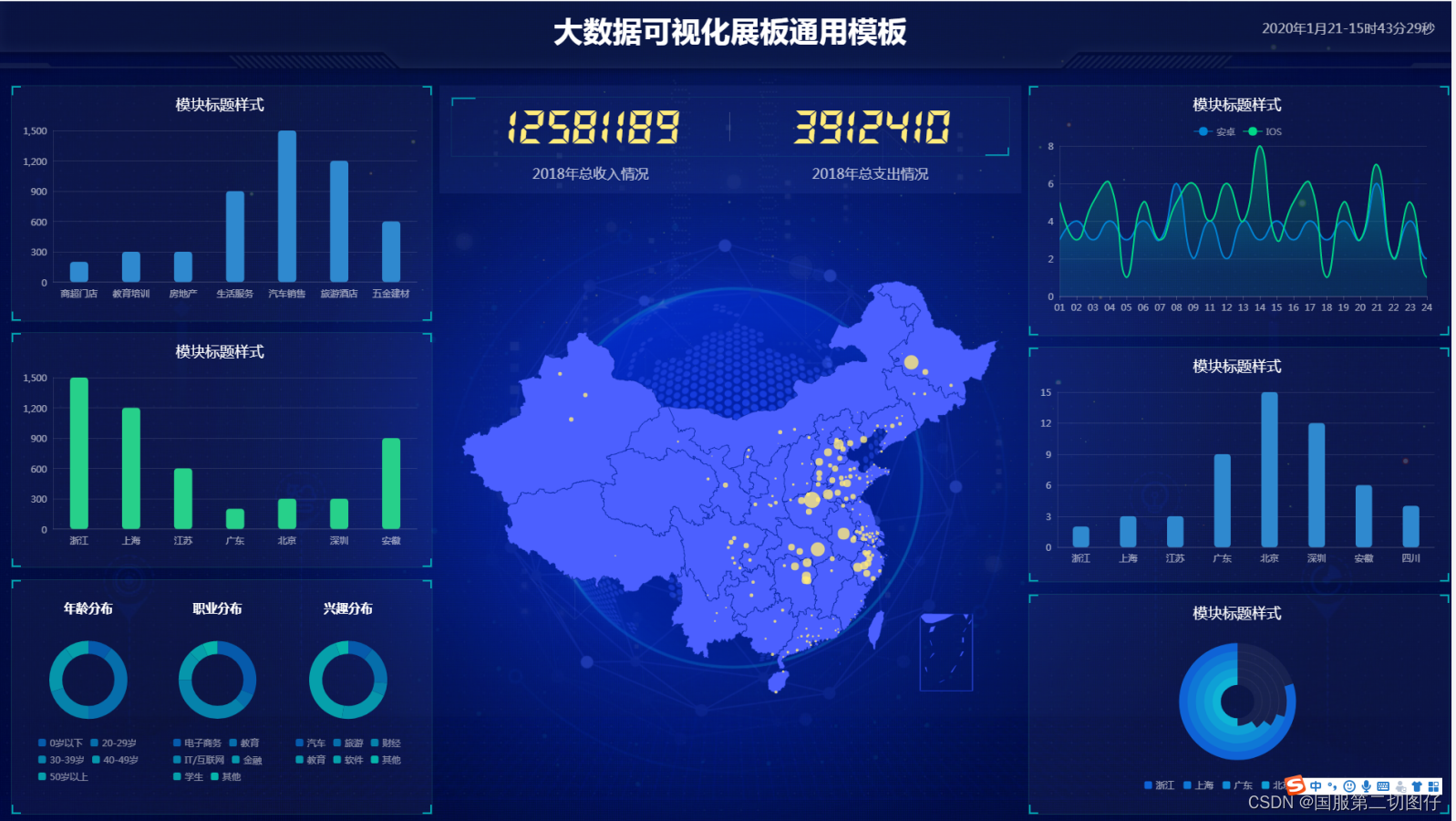
SpringCloud项目启动过程中会解析bootstrop.properties、bootstrap.yaml配置文件,启动父容器,在子容器启动过程中会加入PropertySourceBootstrapConfiguration来读取配置中心的配置。
PropertySourceBootstrapConfiguration#initialize
PropertySourceBootstrapConfiguration是SpringCloud的配置类,实现了ApplicationContextInitializer,会在容器创建前调用其initialize()方法。
org.springframework.cloud.bootstrap.config.PropertySourceBootstrapConfiguration#initialize
public void initialize(ConfigurableApplicationContext applicationContext) {
List<PropertySource<?>> composite = new ArrayList<>();
AnnotationAwareOrderComparator.sort(this.propertySourceLocators);
boolean empty = true;
ConfigurableEnvironment environment = applicationContext.getEnvironment();
for (PropertySourceLocator locator : this.propertySourceLocators) {
// 调用PropertySourceLocator.locateCollection()来读取配置
Collection<PropertySource<?>> source = locator.locateCollection(environment);
if (source == null || source.size() == 0) {
continue;
}
List<PropertySource<?>> sourceList = new ArrayList<>();
for (PropertySource<?> p : source) {
if (p instanceof EnumerablePropertySource) {
EnumerablePropertySource<?> enumerable = (EnumerablePropertySource<?>) p;
sourceList.add(new BootstrapPropertySource<>(enumerable));
}
else {
sourceList.add(new SimpleBootstrapPropertySource(p));
}
}
logger.info("Located property source: " + sourceList);
composite.addAll(sourceList);
empty = false;
}
if (!empty) {
MutablePropertySources propertySources = environment.getPropertySources();
String logConfig = environment.resolvePlaceholders("${logging.config:}");
LogFile logFile = LogFile.get(environment);
for (PropertySource<?> p : environment.getPropertySources()) {
if (p.getName().startsWith(BOOTSTRAP_PROPERTY_SOURCE_NAME)) {
propertySources.remove(p.getName());
}
}
insertPropertySources(propertySources, composite);
reinitializeLoggingSystem(environment, logConfig, logFile);
setLogLevels(applicationContext, environment);
handleIncludedProfiles(environment);
}
}
在PropertySourceBootstrapConfiguration这个单例对象初始化的时候会将Spring容器中所有的PropertySourceLocator实现注入进来。然后在initialize()方法中循环所有的PropertySourceLocator进行配置的获取,从这儿可以看出SpringCloud应用是支持我们引入多个配置中心实现的,获取到配置后调用insertPropertySources方法将所有的PropertySource(封装的一个个配置文件)添加到Spring的环境变量environment中。
org.springframework.cloud.bootstrap.config.PropertySourceLocator#locateCollection(org.springframework.core.env.Environment)
default Collection<PropertySource<?>> locateCollection(Environment environment) {
return locateCollection(this, environment);
}
static Collection<PropertySource<?>> locateCollection(PropertySourceLocator locator,
Environment environment) {
// 最终会调用PropertySourceLocator.locate()
PropertySource<?> propertySource = locator.locate(environment);
if (propertySource == null) {
return Collections.emptyList();
}
if (CompositePropertySource.class.isInstance(propertySource)) {
Collection<PropertySource<?>> sources = ((CompositePropertySource) propertySource)
.getPropertySources();
List<PropertySource<?>> filteredSources = new ArrayList<>();
for (PropertySource<?> p : sources) {
if (p != null) {
filteredSources.add(p);
}
}
return filteredSources;
}
else {
return Arrays.asList(propertySource);
}
}
上面会将CompositePropertySource拆分为多个PropertySource。
NacosPropertySourceLocator#locate
Nacos也实现了SpringCloud配置中心规范,其实现类为NacosPropertySourceLocator。
com.alibaba.cloud.nacos.client.NacosPropertySourceLocator#locate
public PropertySource<?> locate(Environment env) {
nacosConfigProperties.setEnvironment(env);
ConfigService configService = nacosConfigManager.getConfigService();
if (null == configService) {
log.warn("no instance of config service found, can't load config from nacos");
return null;
}
long timeout = nacosConfigProperties.getTimeout();
nacosPropertySourceBuilder = new NacosPropertySourceBuilder(configService,
timeout);
String name = nacosConfigProperties.getName();
String dataIdPrefix = nacosConfigProperties.getPrefix();
if (StringUtils.isEmpty(dataIdPrefix)) {
dataIdPrefix = name;
}
if (StringUtils.isEmpty(dataIdPrefix)) {
dataIdPrefix = env.getProperty("spring.application.name");
}
CompositePropertySource composite = new CompositePropertySource(
NACOS_PROPERTY_SOURCE_NAME);
// 读取共享配置
loadSharedConfiguration(composite);
// 读取扩展配置
loadExtConfiguration(composite);
// 读取应用配置
loadApplicationConfiguration(composite, dataIdPrefix, nacosConfigProperties, env);
return composite;
}
Nacos启动会加载以下三种配置文件,也就是我们在bootstrap.yml文件里配置的扩展配置extension-configs、共享配置 shared-configs以及应用自己的配置,加载到配置文件后会封装成NacosPropertySource返回,最后只会返回一个CompositePropertySource。
NacosPropertySourceLocator#loadApplicationConfiguration
实际开发过程中我们主要使用的就是应用配置,所以这里重点关注应用配置的加载过程。
com.alibaba.cloud.nacos.client.NacosPropertySourceLocator#loadApplicationConfiguration
private void loadApplicationConfiguration(
CompositePropertySource compositePropertySource, String dataIdPrefix,
NacosConfigProperties properties, Environment environment) {
String fileExtension = properties.getFileExtension();
String nacosGroup = properties.getGroup();
// load directly once by default
loadNacosDataIfPresent(compositePropertySource, dataIdPrefix, nacosGroup,
fileExtension, true);
// load with suffix, which have a higher priority than the default
loadNacosDataIfPresent(compositePropertySource,
dataIdPrefix + DOT + fileExtension, nacosGroup, fileExtension, true);
// Loaded with profile, which have a higher priority than the suffix
for (String profile : environment.getActiveProfiles()) {
String dataId = dataIdPrefix + SEP1 + profile + DOT + fileExtension;
loadNacosDataIfPresent(compositePropertySource, dataId, nacosGroup,
fileExtension, true);
}
}
加载应用配置时,同时会加载以下三种配置,配置的优先级从低到高,分别是:
- 不带扩展名后缀,application
- 带扩展名后缀,application.yml、application.propertie
- 带环境,带扩展名后缀,application-prod.yml
com.alibaba.cloud.nacos.client.NacosPropertySourceLocator#loadNacosDataIfPresent
private void loadNacosDataIfPresent(final CompositePropertySource composite,
final String dataId, final String group, String fileExtension,
boolean isRefreshable) {
if (null == dataId || dataId.trim().length() < 1) {
return;
}
if (null == group || group.trim().length() < 1) {
return;
}
NacosPropertySource propertySource = this.loadNacosPropertySource(dataId, group,
fileExtension, isRefreshable);
this.addFirstPropertySource(composite, propertySource, false);
}
com.alibaba.cloud.nacos.client.NacosPropertySourceLocator#loadNacosPropertySource
private NacosPropertySource loadNacosPropertySource(final String dataId,
final String group, String fileExtension, boolean isRefreshable) {
if (NacosContextRefresher.getRefreshCount() != 0) {
if (!isRefreshable) {
// 从缓冲中获取
return NacosPropertySourceRepository.getNacosPropertySource(dataId,
group);
}
}
return nacosPropertySourceBuilder.build(dataId, group, fileExtension,
isRefreshable);
}
com.alibaba.cloud.nacos.client.NacosPropertySourceBuilder#build
NacosPropertySource build(String dataId, String group, String fileExtension,
boolean isRefreshable) {
// 加载数据
List<PropertySource<?>> propertySources = loadNacosData(dataId, group,
fileExtension);
NacosPropertySource nacosPropertySource = new NacosPropertySource(propertySources,
group, dataId, new Date(), isRefreshable);
// 加入缓存
NacosPropertySourceRepository.collectNacosPropertySource(nacosPropertySource);
return nacosPropertySource;
}
com.alibaba.cloud.nacos.client.NacosPropertySourceBuilder#loadNacosData
private List<PropertySource<?>> loadNacosData(String dataId, String group,
String fileExtension) {
String data = null;
try {
// 委托configService获取配置,我们也可以手动使用此类获取配置
data = configService.getConfig(dataId, group, timeout);
if (StringUtils.isEmpty(data)) {
log.warn(
"Ignore the empty nacos configuration and get it based on dataId[{}] & group[{}]",
dataId, group);
return Collections.emptyList();
}
if (log.isDebugEnabled()) {
log.debug(String.format(
"Loading nacos data, dataId: '%s', group: '%s', data: %s", dataId,
group, data));
}
return NacosDataParserHandler.getInstance().parseNacosData(dataId, data,
fileExtension);
}
catch (NacosException e) {
log.error("get data from Nacos error,dataId:{} ", dataId, e);
}
catch (Exception e) {
log.error("parse data from Nacos error,dataId:{},data:{}", dataId, data, e);
}
return Collections.emptyList();
}
loadNacosData()方法中会将实际配置加载请求委托给ConfigService去做,然后解析返回的字符串,解析器实现了PropertySourceLoader接口,支持yml、properties、xml、json这几种格式。
NacosConfigService#getConfig
getConfig()方法会调用到getConfigInner()方法,通过namespace, dataId, group唯一定位一个配置文件。
com.alibaba.nacos.client.config.NacosConfigService#getConfig
public String getConfig(String dataId, String group, long timeoutMs) throws NacosException {
return getConfigInner(namespace, dataId, group, timeoutMs);
}
首先获取本地缓存文件的配置内容,如果有直接返回,如果从本地没找到相应配置文件,就从远程服务器拉取,Nacos2.0以上版本使用Grpc协议进行远程通信,1.0及以下使用Http协议进行远程通信,我们这里使用的是1.4.2版本。
com.alibaba.nacos.client.config.NacosConfigService#getConfigInner
private String getConfigInner(String tenant, String dataId, String group, long timeoutMs) throws NacosException {
group = blank2defaultGroup(group);
ParamUtils.checkKeyParam(dataId, group);
ConfigResponse cr = new ConfigResponse();
cr.setDataId(dataId);
cr.setTenant(tenant);
cr.setGroup(group);
// 优先使用本地配置
String content = LocalConfigInfoProcessor.getFailover(agent.getName(), dataId, group, tenant);
if (content != null) {
LOGGER.warn("[{}] [get-config] get failover ok, dataId={}, group={}, tenant={}, config={}", agent.getName(),
dataId, group, tenant, ContentUtils.truncateContent(content));
cr.setContent(content);
String encryptedDataKey = LocalEncryptedDataKeyProcessor
.getEncryptDataKeyFailover(agent.getName(), dataId, group, tenant);
cr.setEncryptedDataKey(encryptedDataKey);
configFilterChainManager.doFilter(null, cr);
content = cr.getContent();
return content;
}
try {
// 从远程服务器拉取
ConfigResponse response = worker.getServerConfig(dataId, group, tenant, timeoutMs);
cr.setContent(response.getContent());
cr.setEncryptedDataKey(response.getEncryptedDataKey());
configFilterChainManager.doFilter(null, cr);
content = cr.getContent();
return content;
} catch (NacosException ioe) {
if (NacosException.NO_RIGHT == ioe.getErrCode()) {
throw ioe;
}
LOGGER.warn("[{}] [get-config] get from server error, dataId={}, group={}, tenant={}, msg={}",
agent.getName(), dataId, group, tenant, ioe.toString());
}
LOGGER.warn("[{}] [get-config] get snapshot ok, dataId={}, group={}, tenant={}, config={}", agent.getName(),
dataId, group, tenant, ContentUtils.truncateContent(content));
content = LocalConfigInfoProcessor.getSnapshot(agent.getName(), dataId, group, tenant);
cr.setContent(content);
String encryptedDataKey = LocalEncryptedDataKeyProcessor
.getEncryptDataKeyFailover(agent.getName(), dataId, group, tenant);
cr.setEncryptedDataKey(encryptedDataKey);
// 这里会对配置进行拦截,可以用于加解密
configFilterChainManager.doFilter(null, cr);
content = cr.getContent();
return content;
}
com.alibaba.nacos.client.config.impl.ClientWorker#getServerConfig
public ConfigResponse getServerConfig(String dataId, String group, String tenant, long readTimeout)
throws NacosException {
ConfigResponse configResponse = new ConfigResponse();
if (StringUtils.isBlank(group)) {
group = Constants.DEFAULT_GROUP;
}
HttpRestResult<String> result = null;
try {
Map<String, String> params = new HashMap<String, String>(3);
if (StringUtils.isBlank(tenant)) {
params.put("dataId", dataId);
params.put("group", group);
} else {
params.put("dataId", dataId);
params.put("group", group);
params.put("tenant", tenant);
}
// 调用远程Http接口/v1/cs/configs拉取配置
result = agent.httpGet(Constants.CONFIG_CONTROLLER_PATH, null, params, agent.getEncode(), readTimeout);
} catch (Exception ex) {
String message = String
.format("[%s] [sub-server] get server config exception, dataId=%s, group=%s, tenant=%s",
agent.getName(), dataId, group, tenant);
LOGGER.error(message, ex);
throw new NacosException(NacosException.SERVER_ERROR, ex);
}
switch (result.getCode()) {
case HttpURLConnection.HTTP_OK:
LocalConfigInfoProcessor.saveSnapshot(agent.getName(), dataId, group, tenant, result.getData());
configResponse.setContent(result.getData());
String configType;
if (result.getHeader().getValue(CONFIG_TYPE) != null) {
configType = result.getHeader().getValue(CONFIG_TYPE);
} else {
configType = ConfigType.TEXT.getType();
}
configResponse.setConfigType(configType);
String encryptedDataKey = result.getHeader().getValue(ENCRYPTED_DATA_KEY);
LocalEncryptedDataKeyProcessor
.saveEncryptDataKeySnapshot(agent.getName(), dataId, group, tenant, encryptedDataKey);
configResponse.setEncryptedDataKey(encryptedDataKey);
return configResponse;
case HttpURLConnection.HTTP_NOT_FOUND:
LocalConfigInfoProcessor.saveSnapshot(agent.getName(), dataId, group, tenant, null);
LocalEncryptedDataKeyProcessor.saveEncryptDataKeySnapshot(agent.getName(), dataId, group, tenant, null);
return configResponse;
case HttpURLConnection.HTTP_CONFLICT: {
LOGGER.error(
"[{}] [sub-server-error] get server config being modified concurrently, dataId={}, group={}, "
+ "tenant={}", agent.getName(), dataId, group, tenant);
throw new NacosException(NacosException.CONFLICT,
"data being modified, dataId=" + dataId + ",group=" + group + ",tenant=" + tenant);
}
case HttpURLConnection.HTTP_FORBIDDEN: {
LOGGER.error("[{}] [sub-server-error] no right, dataId={}, group={}, tenant={}", agent.getName(),
dataId, group, tenant);
throw new NacosException(result.getCode(), result.getMessage());
}
default: {
LOGGER.error("[{}] [sub-server-error] dataId={}, group={}, tenant={}, code={}", agent.getName(),
dataId, group, tenant, result.getCode());
throw new NacosException(result.getCode(),
"http error, code=" + result.getCode() + ",dataId=" + dataId + ",group=" + group + ",tenant="
+ tenant);
}
}
}
至此,在项目启动的时候(上下文准备阶段)我们就拉到了远程Nacos中的配置,并且封装成NacosPropertySource放到了Spring 的环境变量里,在Bean的实例化过程中就可以使用Environment中的值了。


